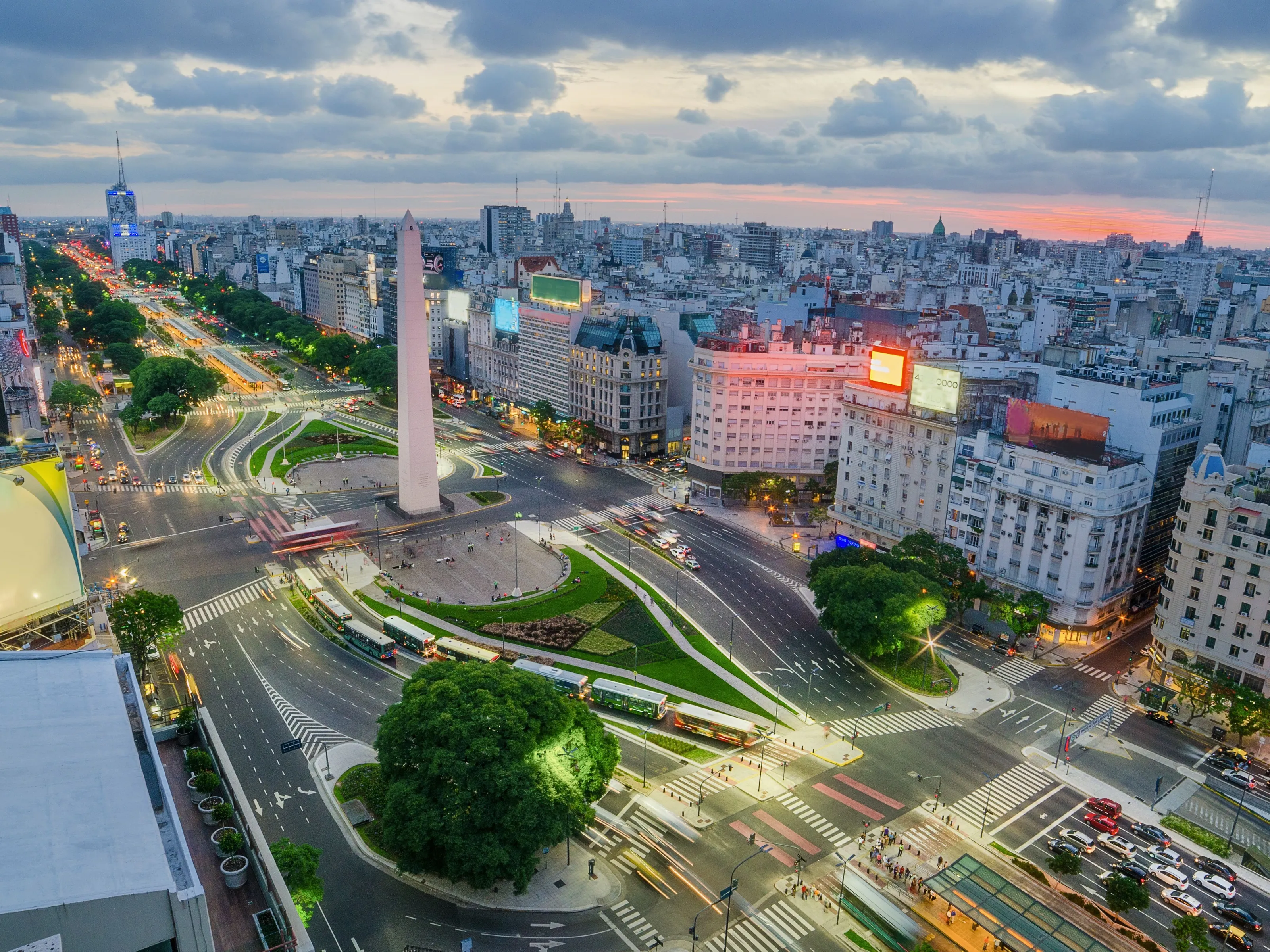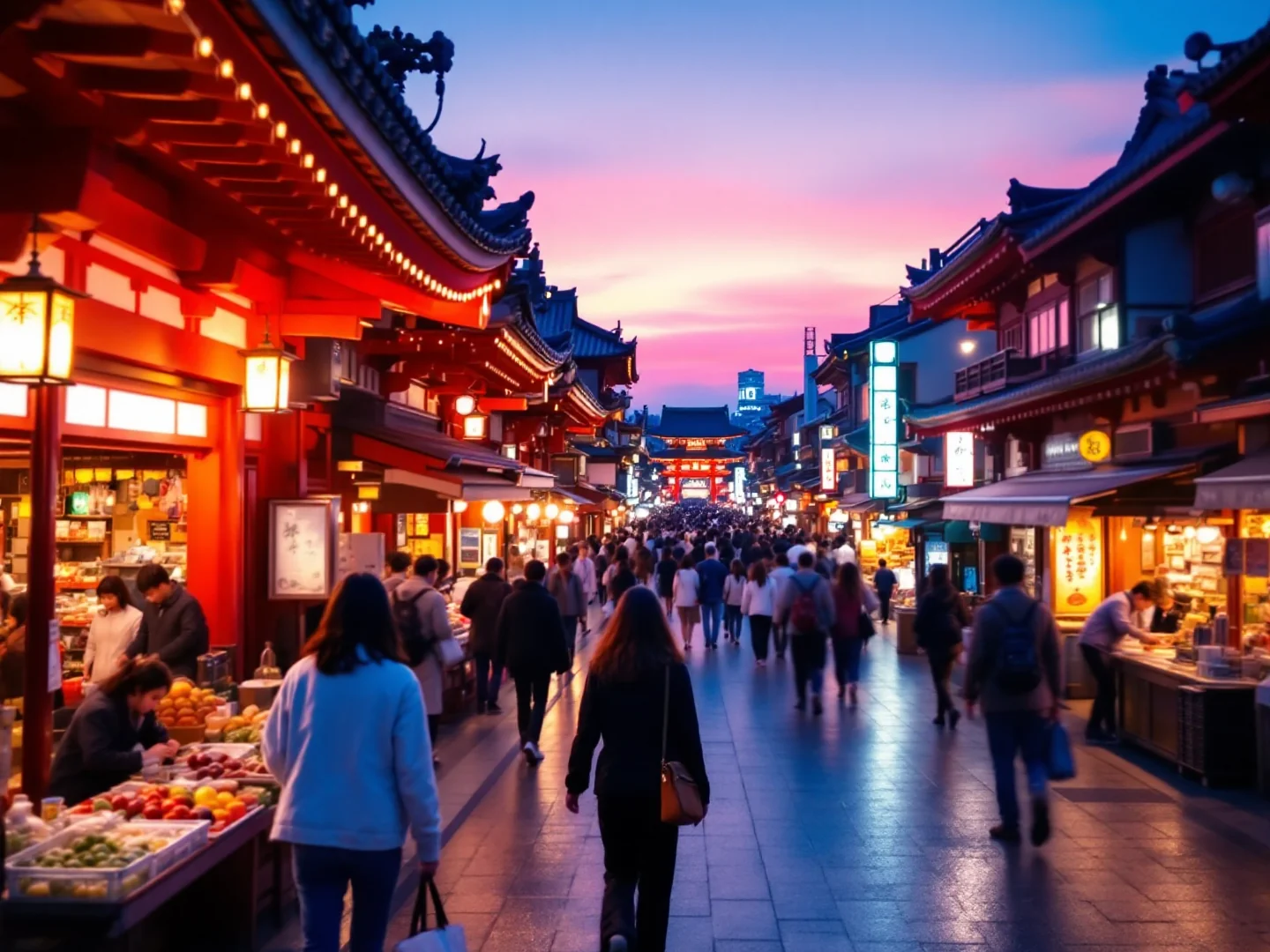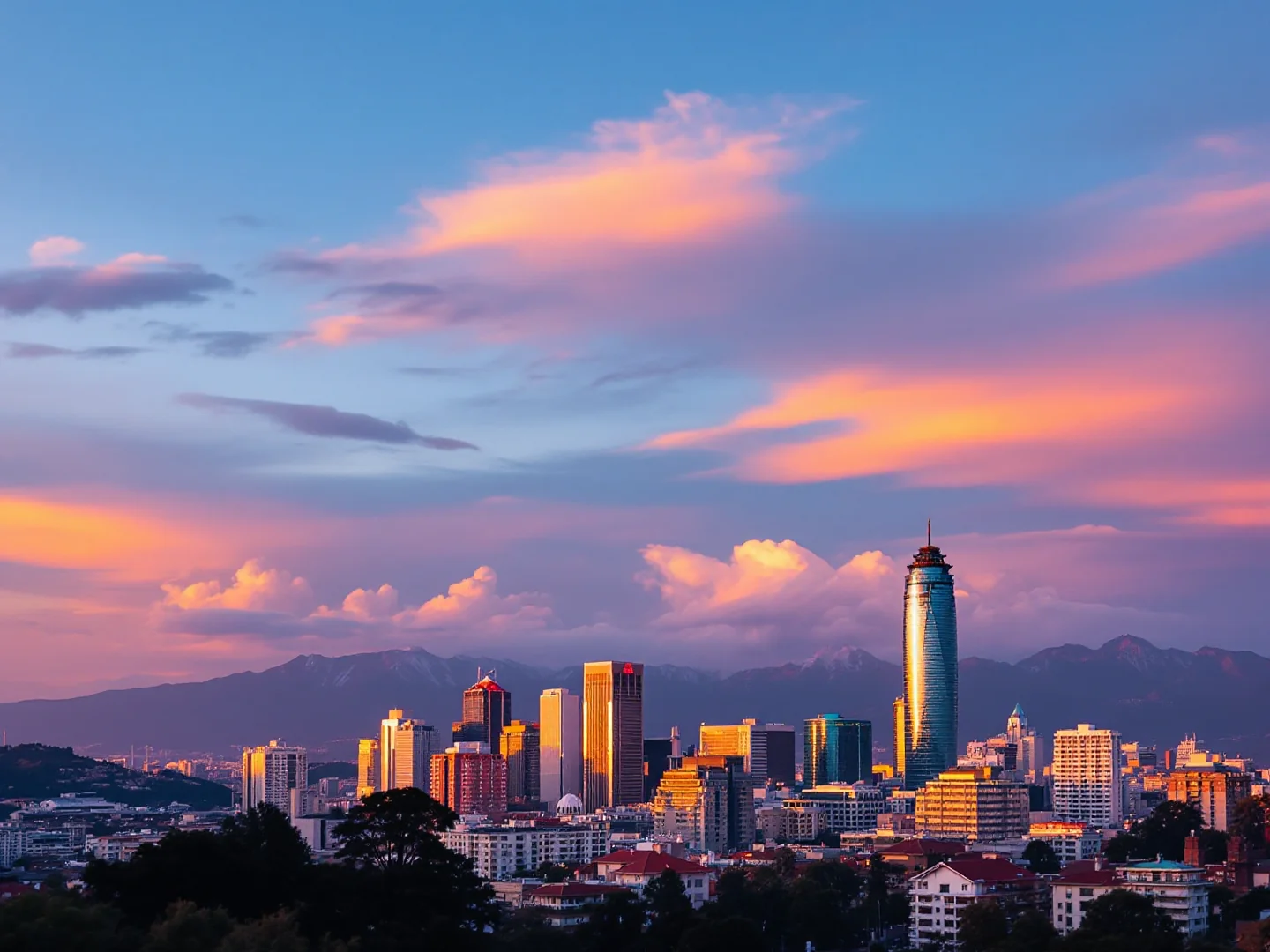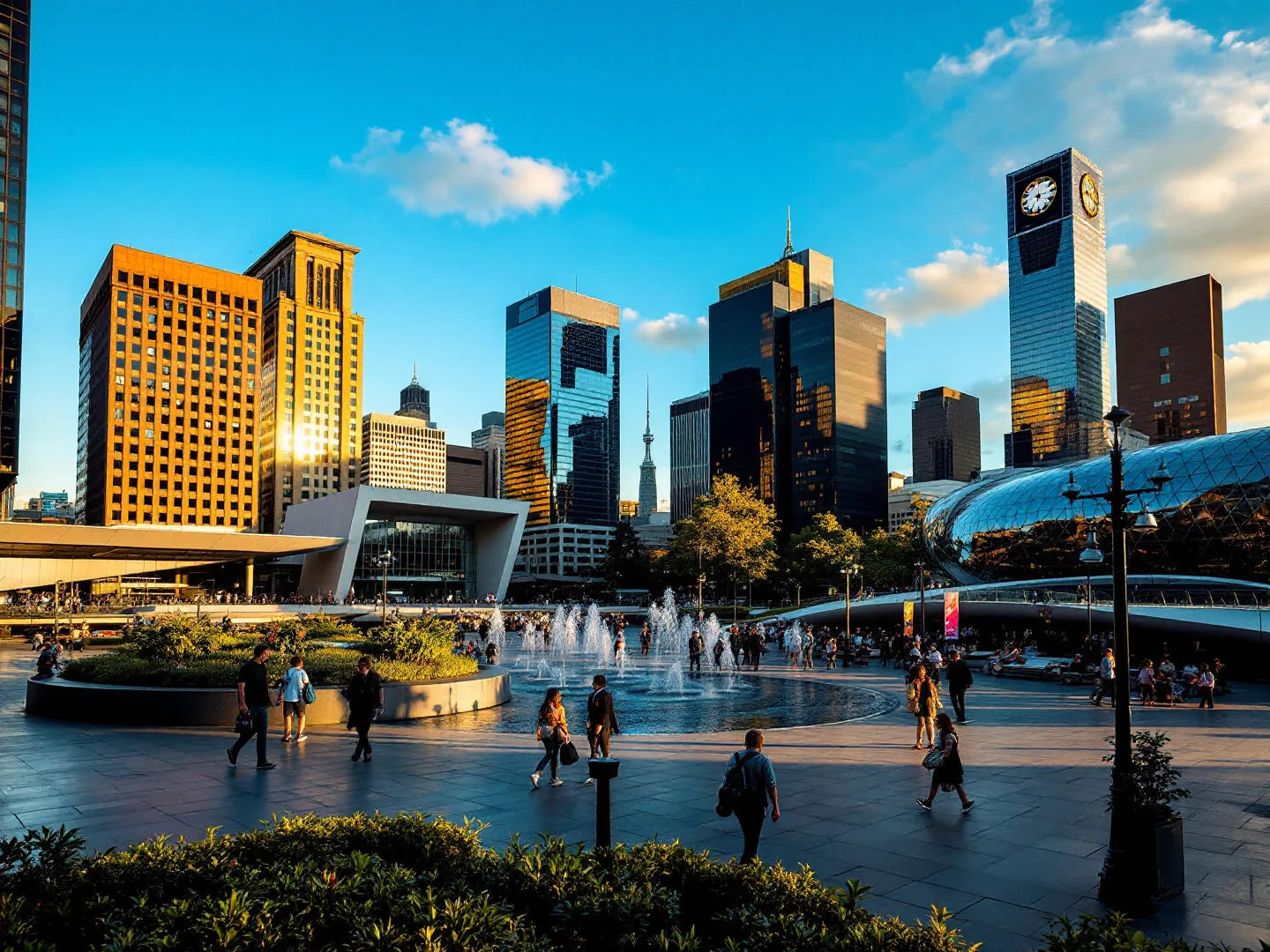Why Visit Mexico City?
Mexico City overwhelms as one of the world's largest metropolises (22 million) where Aztec temples rise beneath Spanish cathedrals, Diego Rivera murals cover government palace walls, and street taco stands serve al pastor perfection for 15 pesos while Frida Kahlo's Casa Azul preserves artistic genius in cobblestoned Coyoacán. Built atop the Aztec capital Tenochtitlan, CDMX (as locals call it) sprawls across a high-altitude valley (2,240 meters) surrounded by volcanoes—Popocatépetl occasionally puffs smoke visible from rooftop cantinas in Condesa's art-deco neighborhood. The Historic Center's Zócalo, one of the world's largest public squares, anchors the city—Metropolitan Cathedral's baroque towers overshadow Templo Mayor's excavated Aztec ruins where human sacrifices once honored Huitzilopochtli.
Museums rank among the planet's finest: Anthropology Museum's massive collection spans Olmec heads to Aztec Sun Stone, while Palacio de Bellas Artes' murals by Rivera, Orozco, and Siqueiros visualize Mexican Revolution dreams. Yet Mexico City's soul pulses in its colonias—Coyoacán's weekend markets surround Frida Kahlo's blue house and Trotsky's final refuge, Roma Norte's tree-lined boulevards hide mezcalerías and design shops, and Polanco's upscale zone serves contemporary Mexican cuisine at Pujol and Quintonil (both World's 50 Best). The food scene defies belief: 15-peso street tacos al pastor (spit-roasted pork), torta ahogada drowned sandwiches, elote corn dripping mayo and cheese, and tlacoyos corn cakes from market fondas, balanced by high-end restaurants reinventing mole and huitlacoche.
Day trips reach Teotihuacan's massive Pyramids of the Sun and Moon (1 hour), Xochimilco's colorful trajinera boats (45 min), and Puebla's colonial architecture (2 hours). With Spanish language (limited English outside tourist zones), affordable prices, lucha libre wrestling at Arena México, and mariachi soundtracking everything, Mexico City delivers Latin American intensity, pre-Columbian heritage, and culinary genius.
What to Do
Aztec & Historic Center
Teotihuacan Pyramids
The massive pre-Aztec city (45 km northeast, about 1 hour) features the Pyramid of the Sun (third-largest pyramid in the world) and Pyramid of the Moon. Entry costs around 100 pesos for visitors. Organized tours from CDMX run $40–$60 and include transport and a guide; alternatively, take a public bus from Terminal del Norte (about 70 pesos each way). Arrive at the 8am opening to avoid midday heat. As of 2025, you can only climb a lower section of the Pyramid of the Moon (about 47 steps); the upper levels and the Pyramid of the Sun remain off-limits to preserve the structures. The site is huge—allow 3–4 hours. Bring water, sun protection, and a hat. Combined with a stop at the Basilica of Guadalupe, it's a full-day trip. The altitude (2,300m) is slightly lower than CDMX but still breathless.
Templo Mayor & Zócalo
The ruins of the Aztec Great Temple sit right in the heart of CDMX, next to the Metropolitan Cathedral. Entrance to the museum and ruins costs 95 pesos (free on Sundays for Mexicans and residents). The site reveals layers of Aztec temples built one atop another, with tzompantli (skull racks) and offerings to Tlaloc and Huitzilopochtli. Audio guides or local guides (150–200 pesos) add valuable context. Allow 90 minutes. The adjacent Zócalo (Plaza de la Constitución) is free—massive Mexican flag, Cathedral, National Palace (free entry, Diego Rivera murals inside), and street performers. Evenings bring folkloric performances.
National Museum of Anthropology
One of the world's great museums, with the Aztec Sun Stone, massive Olmec heads, Maya treasures, and exhibits on all Mexican civilizations. Entry is 100 pesos (free Sundays for Mexican nationals/residents). Go at the 9am opening or after 3pm for fewer crowds. The museum is huge—allow 3–4 hours minimum (you could spend all day). Start with the Aztec/Teotihuacan halls, then wander. The building itself is stunning with a massive central fountain-umbrella. Located in Chapultepec Park—combine with park exploration or Chapultepec Castle. Audio guides are helpful.
Frida & Neighborhoods
Frida Kahlo Museum (Casa Azul)
Frida and Diego Rivera's cobalt-blue house in Coyoacán is one of Mexico City's most popular museums. Tickets (250–270 pesos depending on day: 250 Tue–Fri, 270 Sat–Sun) must be booked online weeks or months in advance—they sell out fast. Timed entry, and no bags allowed inside. The house preserves Frida's studio, bedroom, wheelchair, and personal items with her paintings and folk art collection. Photography is allowed in most rooms. Allow 60–90 minutes. The neighborhood around has weekend markets, cafés, and Trotsky's house museum (80 pesos). Go on a weekday if possible—weekends are mobbed. Combine with exploring Coyoacán's colonial plazas and churro stands.
Coyoacán Neighborhood
A bohemian southern neighborhood with colonial architecture, cobblestone streets, and vibrant weekend markets. The twin plazas (Jardín Centenario and Plaza Hidalgo) fill with street performers, artisan stalls, and food vendors on weekends. Free to wander—try churros, esquites (corn in a cup), and fresh fruit. The Mercado de Coyoacán has traditional food stalls serving tostadas and quesadillas (40–80 pesos). Visit the Frida Kahlo Museum, Trotsky Museum, and Church of San Juan Bautista. Sundays are liveliest but very crowded. Weekday afternoons offer a more relaxed atmosphere. Take the Metro Line 3 to Coyoacán or Viveros stations, or use Uber (80–150 pesos from Roma/Condesa).
Roma Norte & Condesa
CDMX's trendiest neighborhoods with tree-lined streets, art-deco buildings, hip cafés, mezcalerías, and boutique shops. Condesa circles Parque México and Parque España—perfect for morning runs or evening strolls. Roma Norte's Avenida Álvaro Obregón has galleries, design stores, and restaurants. Both neighborhoods offer the best of modern Mexico City—third-wave coffee, craft beer, vegan taquerias alongside traditional cantinas. It's free to walk, safe day and night, and very walkable. Evening aperitivo culture thrives here. Visit weekend vintage markets at Plaza Río de Janeiro (Saturdays). Stay here if you want a local, non-touristy base.
Gallery
Travel Information
Getting There
- Airports: MEX
Best Time to Visit
March, April, October, November
Climate: Moderate
Weather by Month
| Month | High | Low | Rainy days | Condition |
|---|---|---|---|---|
| January | 22°C | 7°C | 3 | Good |
| February | 26°C | 9°C | 2 | Good |
| March | 28°C | 11°C | 4 | Excellent (best) |
| April | 28°C | 14°C | 8 | Excellent (best) |
| May | 27°C | 13°C | 9 | Good |
| June | 26°C | 14°C | 13 | Wet |
| July | 24°C | 13°C | 29 | Wet |
| August | 23°C | 13°C | 26 | Wet |
| September | 22°C | 13°C | 24 | Wet |
| October | 25°C | 10°C | 7 | Excellent (best) |
| November | 24°C | 9°C | 1 | Excellent (best) |
| December | 23°C | 8°C | 0 | Good |
Weather data: Open-Meteo Archive (2020-2024) • Open-Meteo.com (CC BY 4.0) • Historical avg. 2020–2024
Budget
Excludes flights
Visa Requirements
Visa-free for EU citizens
💡 🌍 Traveler Tip (November 2025): November 2025 is perfect for visiting Mexico City!
Practical Information
Getting There
Mexico City International Airport (MEX/Benito Juárez) is 13km east. Metro Line 5 to Terminal Aérea then transfer (30 pesos/$2 45 min, avoid rush hour). Metrobús Line 4 to city 30 pesos. Authorized taxis 200-400 pesos/$10–$21 depending on zone. Uber works (180-280 pesos). New Felipe Ángeles Airport (NLU) opened 50km north—cheaper flights, longer transfer.
Getting Around
Metro is the cheapest option (5 pesos per ride) but crowded—avoid rush hours (7-10am, 6-9pm) and watch belongings. Metrobús rapid buses start from about 6 pesos per ride. Uber/DiDi are affordable and safe (40-150 pesos/$2–$8 typical rides)—never use street taxis. Walking pleasant in Condesa, Roma, Coyoacán. Ecobici bike-share in select areas. Traffic is nightmare—don't rent cars for city.
Money & Payments
Mexican Peso (MXN, $). Exchange $1 ≈ 18-20 pesos, $$1 ≈ 17-19 pesos. Cards accepted in restaurants, shops, hotels. ATMs widespread—avoid Euronet (high fees). Cash needed for street food, markets, taxis. Tipping: 10-15% in restaurants expected, 20 pesos for parking valets, round up for services.
Language
Spanish is official. English limited outside upscale hotels and touristy areas—learn basic Spanish essential. Chilango Spanish (local) has unique slang and phrases. Translation apps helpful. Locals patient with attempts. Younger people in Condesa/Roma may speak English.
Cultural Tips
Altitude (2,240m) causes breathlessness—take first day easy, hydrate, avoid alcohol initially. Water: bottled only. Street food safe if busy/fresh. Meals: comida (lunch 2-4pm) is main meal, dinner lighter and later (8-10pm). Tipping expected everywhere. Uber safer than street taxis always. Day of the Dead (Nov 1-2) is massive celebration. Protests common—avoid. Don't flush toilet paper (use bins). Greet with kisses—women kiss women and men, men shake hands.
Perfect 3-Day Mexico City Itinerary
Day 1: Historic Center & Culture
Day 2: Teotihuacan & Museums
Day 3: Coyoacán & Neighborhoods
Where to Stay in Mexico City
Centro Histórico
Best for: Zócalo, museums, Templo Mayor, colonial architecture, street food, historic sights
Condesa & Roma Norte
Best for: Trendy cafés, restaurants, nightlife, art-deco buildings, parks, expat haven, safe, walkable
Coyoacán
Best for: Frida Kahlo Museum, Trotsky House, cobblestone streets, weekend markets, bohemian vibe
Polanco
Best for: Upscale dining, luxury shopping, Anthropology Museum, Chapultepec Park, wealthy, modern
Frequently Asked Questions
Do I need a visa to visit Mexico City?
What is the best time to visit Mexico City?
How much does a trip to Mexico City cost per day?
Is Mexico City safe for tourists?
What are the must-see attractions in Mexico City?
Popular Activities
Top-rated tours and experiences in Mexico City
Ready to Visit Mexico City?
Book your flights, accommodation, and activities






